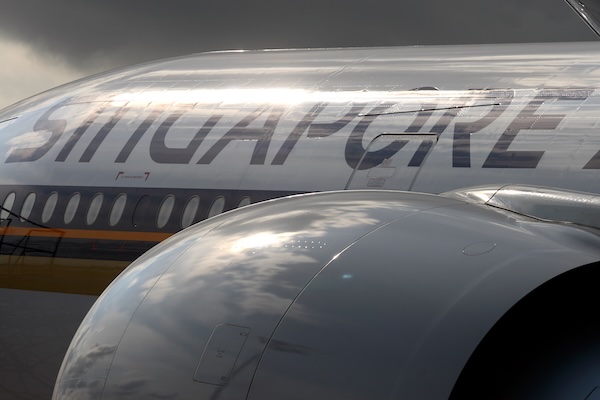Singapore Airlines recently faced a significant aviation challenge en route from London to Bangkok. The flight encountered extreme turbulence, resulting in rapid altitude loss, prompting a thorough investigation.
The findings from this event have attracted considerable attention, focusing on the implications for passenger safety and the airline’s crisis management. Insights from the ongoing inquiry are crucial for future preventative strategies.
Incident Overview
A recent event involving Singapore Airlines has captured significant attention in the aviation community. The aircraft, during its journey from London, encountered severe turbulence, resulting in a rapid descent of 178 feet within merely five seconds. The occurrence was investigated by Singapore’s Transport Safety Investigation Bureau, highlighting the natural challenges faced while passing over Myanmar.
The turbulence was described as causing the Boeing 777 to violently pitch, impacting numerous passengers and crew members on board. The report detailed how unbelted passengers were hurled against the overhead lockers due to a negative 1.5G force, only to be thrown back into their seats as the force shifted to a positive 1.5G.
Impact on Passengers
Tragically, a 73-year-old British passenger succumbed to injuries sustained during the incident. The turbulence caused the aircraft to divert to Bangkok, where affected passengers received immediate medical attention. As of the last report, 26 individuals remain hospitalized due to the severe nature of their injuries.
The physical impact on passengers was compounded by psychological effects, as many experienced fear and anxiety following the unexpected turbulence. Singapore Airlines has assured their commitment to supporting the well-being of affected passengers, covering medical costs and offering further assistance as required.
Airline Response
Singapore Airlines has actively collaborated with investigating authorities to understand the incident better and prevent future occurrences. Their official statement emphasized their dedication to passenger safety, expressing gratitude towards the governments of Singapore and Thailand for their support during the crisis.
The airline also extended appreciation to medical teams and partners who played crucial roles in managing the aftermath. Such coordinated efforts exemplify the comprehensive response typical of major airlines when addressing unexpected aviation challenges.
Investigation Insights
Preliminary findings have highlighted the unpredictable nature of air travel, particularly when encountering sudden turbulence. The specifics of this incident underscore the critical importance of seatbelt usage during flights, as it could significantly mitigate injury risks.
The investigation aims to learn from this event to enhance future safety protocols. By examining the data, authorities hope to better anticipate and manage such situations, reducing the probability of similar occurrences in the future.
The Role of Safety Protocols
The incident serves as a stark reminder of the rigorous safety protocols in place in modern aviation. Such measures are designed to protect both passengers and crew during unforeseen circumstances.
While the event had a tragic outcome, it also reinforces the necessity for compliance with safety guidelines, such as fastening seatbelts when seated. Passengers are urged to remain vigilant and adhere to crew instructions at all times.
Support from the Community
In the wake of the incident, there has been notable support and encouragement from the public and affected passengers. Singapore Airlines expressed gratitude, acknowledging the resilience and solidarity shown during challenging times.
This collective response highlights the supportive role of communities during crises. Their encouragement forms an integral part of the recovery process, helping those affected cope with the aftermath emotionally.
Future Safety Enhancements
The incident has prompted discussions on enhancing inflight safety measures to prevent similar situations. Airlines are likely to review existing protocols and consider new technologies that could provide better insights into weather conditions and turbulence forecasts.
The turbulence incident involving Singapore Airlines underscores aviation safety challenges.
It highlights the critical importance of adhering to safety protocols and the value of collaborative efforts in crisis response.

